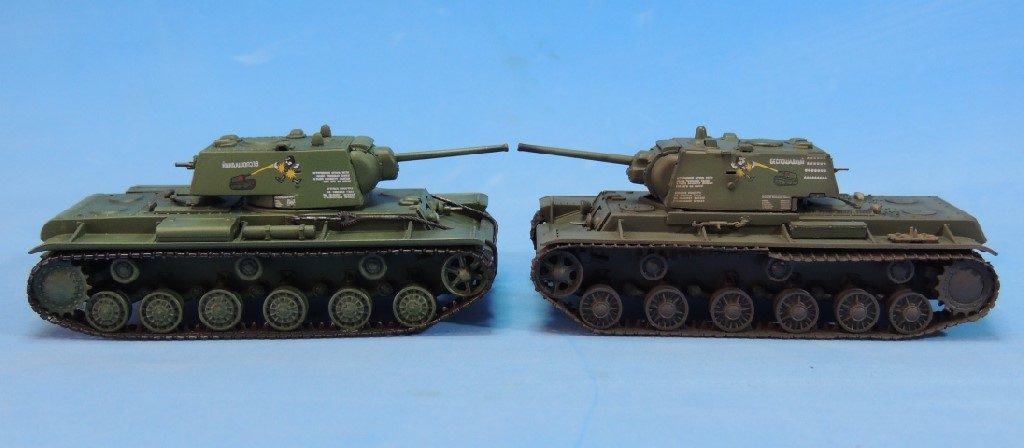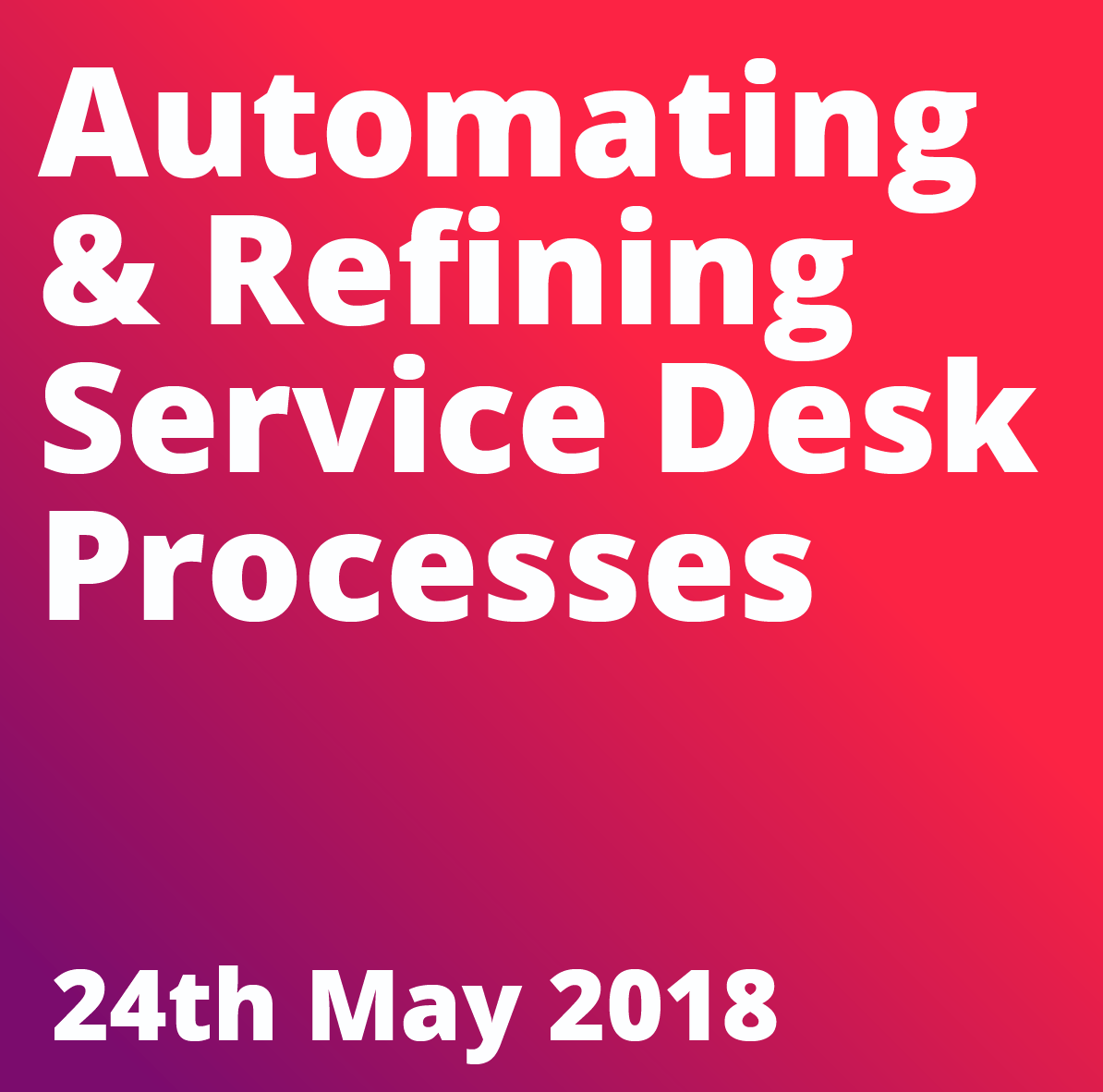
by Scarlett Bayes, Industry Analyst, SDI
Yes, you read that right; what do tanks have to do with ITSM? Specifically, this blog will focus on what they have to do with automation in ITSM.
NATO tanks have 4 crew members; a driver, a gunner, a loader, and a commander. Russian tanks, on the other hand, only require 3 people, because they have an automated loader. Of course, there are pros and cons to these, so let’s examine this.
The benefits of having an automated loader are fairly in-line with what you’d expect; less training needed for extra people to handle the loaders, only the people already needed to operate the tank, less overall cost as you don’t need to pay an extra human, potentially faster loading, and automated loaders require less room than a human, which means tanks can be made smaller and therefore cheaper. What’s more, instead of making the fourth person redundant, you could consider that a number of people are now freed up to operate more tanks. These pros cover off the downsides of manual loaders as well, as they’re fairly opposing resources.
The advantages of having manual loader means that there is an extra person on board to assist or step should another crew member be unable to perform their duties. On the flip side, it allows the gunner, driver, and commander to focus solely on their tasks, should the automated loader mechanism be compromised. It also adds another pair of eyes and increases awareness of surroundings. A human can assess if a different kind of ammo is needed, and make the necessary changes, which an automated loader is not currently advanced enough to do. NATO tanks opt for a human loader, as they can be lighter, able to swap ammunition, and can provide better awareness in a crew.
But what does this have to do with ITSM? If we relate this to the “battle” between automation and human on the service desk, there are a lot of parallels that can be made. For example, automation in ITSM is theorised to improve service quality, reduce costs, and allow the service desk to work more efficiently. Where as humans are prone to errors, can be slower, and can be costlier for a myriad of reason. However, there are some aspects of the service desk analyst role where humans excel, such as providing customers with a personal service or offering a different perspective when trying to solve an issue.
So which should you pick: technology or humans? Of course, every organisation is different, but you don’t have to choose; technology and analysts can work alongside each other can optimise the value, efficiency, and experience of your service. Technology is all well and good to make your tools and processes as efficient and fast as possible, but when something goes wrong, humans need to be there to intervene. This may not be the most efficient way for tanks to be built and operated, but service desks have the capacity to realise the benefits of both technology and humans.
Want to know how real service desks are achieving brilliant results through automating their processes?
Join our webinar on 24 May – it’s free to register, and if you can’t join live you can catch up with the recording at a later date.



























